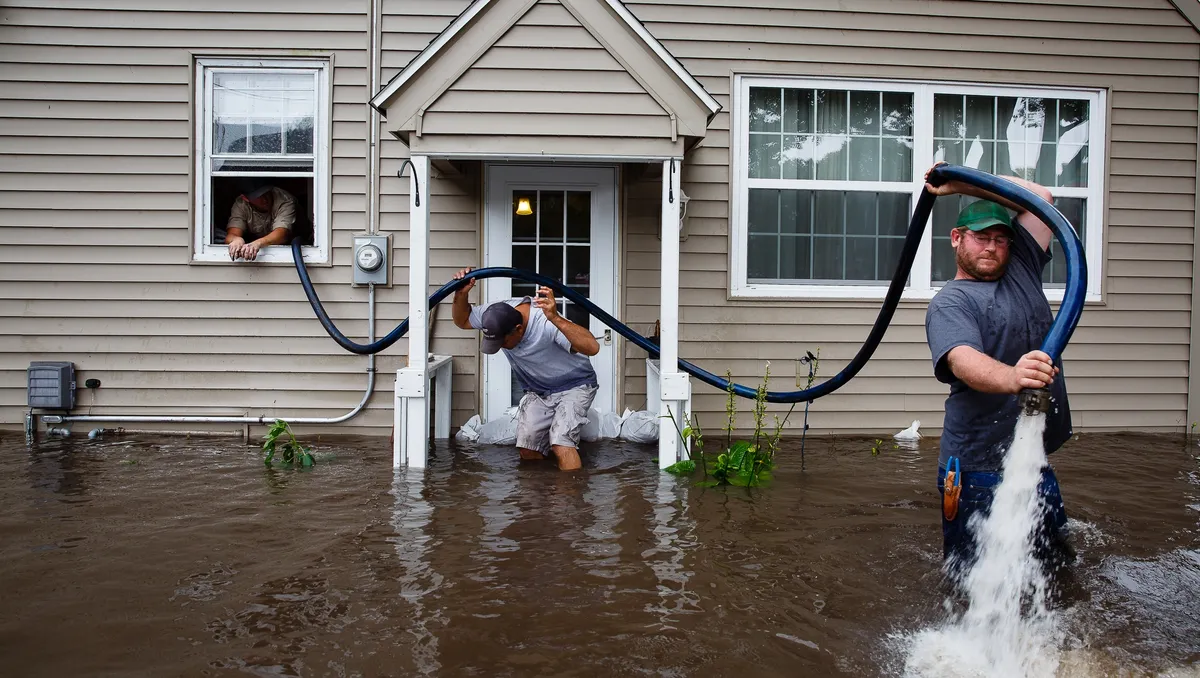Water damage can be a homeowner’s worst nightmare. Whether caused by a natural disaster, plumbing failure, or appliance malfunction, the effects of water intrusion can be devastating. The damage can lead to significant structural issues, mold growth, and costly repairs. This is where a professional water damage restoration service comes into play. This guide will explore the ins and outs of water damage restoration, the importance of prompt water damage cleanup, and the need for effective mold restoration services.
Understanding Water Damage
Definition and Types of Water Damage
Water damage refers to the destructive effects caused by the intrusion of water into areas where it can cause harm.
- Clean Water Damage: This type involves water from a clean source, such as a broken pipe or a malfunctioning appliance. While it’s less hazardous, it can still lead to significant damage if not addressed quickly.
- Grey Water Damage: Grey water originates from sources like sinks, showers, and washing machines. This water may contain contaminants, making it a health risk if not treated promptly.
- Black Water Damage: This is the most severe type of water damage, often resulting from sewage backups or floodwaters. Black water contains harmful bacteria and pathogens, necessitating immediate professional intervention.
Common Causes of Water Damage
- Flooding: Heavy rainfall, hurricanes, and storm surges can lead to severe flooding, overwhelming drainage systems and infiltrating homes.
- Burst Pipes: Frozen or deteriorated pipes can burst, resulting in significant water flow within a home.
- Appliance Malfunctions: Washing machines, dishwashers, and refrigerators can develop leaks or malfunction, leading to water accumulation.
- Roof Leaks: Damaged roofing materials or clogged gutters can allow water to seep into a home, causing internal damage.
The Water Damage Restoration Process
Initial Assessment and Inspection
The first step in the water damage restoration service is a thorough assessment and inspection. Trained professionals arrive at the site to identify the source of the water damage and assess its extent. This assessment is crucial, as it dictates the subsequent steps in the restoration process.
Water Extraction
This process involves removing standing water using specialized equipment such as submersible pumps and industrial-grade vacuums. Prompt water damage cleanup is essential, as prolonged exposure to water can lead to further damage and mold growth.
Drying and Dehumidification
After the water has been extracted, the affected areas must be thoroughly dried. Professionals use air movers and dehumidifiers to expedite the drying process. This step is critical to prevent mold growth, which can occur within 24 to 48 hours of water exposure.
Cleaning and Sanitizing
Affected surfaces, belongings, and materials are cleaned using appropriate detergents and sanitizers to eliminate contaminants. This step ensures that the environment is safe for occupants and reduces the risk of health issues related to bacteria and mold.
Mold Restoration Services
How Water Damage Leads to Mold Growth
Mold is a common consequence of water damage, thriving in damp, dark environments. If water damage is not addressed promptly, mold can start to grow within just a couple of days. Mold can lead to serious health issues, including respiratory problems, allergies, and other infections. This underscores the importance of seeking a professional water damage restoration service that also offers mold restoration services.
Importance of Mold Restoration Services
Mold restoration services are critical in cases of water damage. Professionals can identify mold presence, assess the extent of the growth, and implement effective remediation strategies. Without proper mold restoration, the issue can worsen, leading to more extensive damage and increased health risks.
Steps Involved in Mold Restoration
The mold restoration process typically involves several key steps:
- Mold Removal and Remediation: Trained specialists will safely remove mold-infested materials, including drywall, carpet, and insulation. They will also use specialized equipment to remove mold from surfaces.
- Restoration of Affected Areas: After mold removal, professionals will restore affected areas to their original condition.
Choosing the Right Water Damage Restoration Service
When faced with water damage, selecting the right restoration service is crucial for effective remediation. Here are some factors to consider:
How to Select a Service Provider
- Certification and Experience: Look for a company with certified professionals who have experience in water damage restoration. Certifications from organizations like the Institute of Inspection, Cleaning and Restoration Certification (IICRC) indicate that the company adheres to industry standards.
- Availability and Response Time: Water damage is often an emergency situation, so it’s essential to choose a service provider that offers 24/7 availability. Quick response times can minimize damage and save costs.
- Customer Reviews and Testimonials: Research customer feedback and testimonials to gauge the quality of service. Positive reviews can provide insights into the company’s reliability and effectiveness.
Questions to Ask Potential Service Providers
Before hiring a water damage restoration service, consider asking the following questions:
- Are you licensed and insured?
- How long will the restoration process take?
- Do you offer mold restoration services?
- What equipment and techniques do you use for water damage cleanup?
Conclusion
Water damage can have devastating effects on homes and businesses, making a professional water damage restoration service essential. From initial assessment and water extraction to drying, cleaning, and mold restoration services, every step is crucial in returning your property to its pre-damage condition.
By understanding the types of water damage, the restoration process, and the importance of timely action, homeowners can better protect their properties from the harmful effects of water intrusion. If you experience water damage, don’t hesitate to seek help from a qualified restoration service to minimize damage and ensure a safe, healthy environment.

